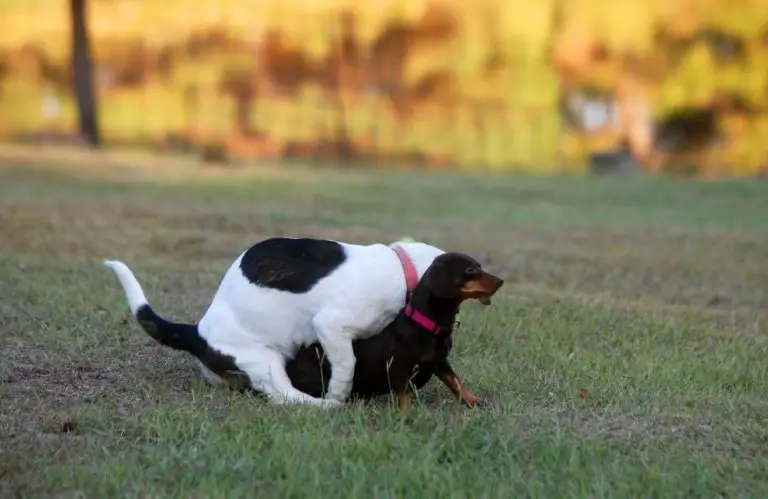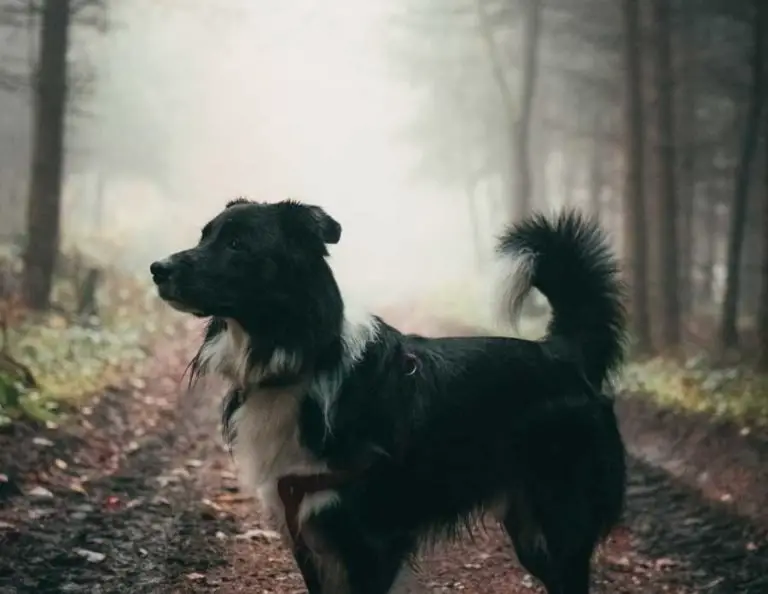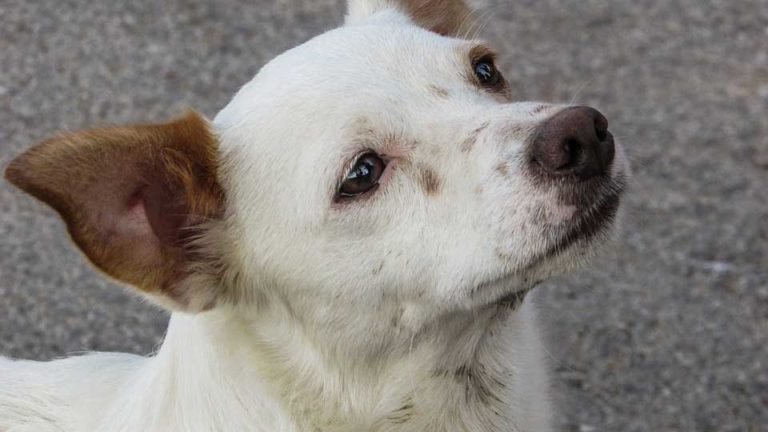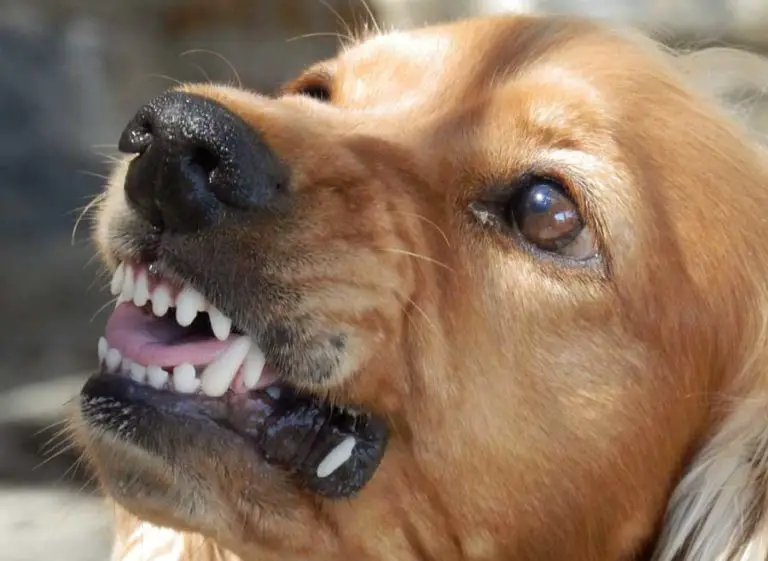Why Does My Dog Keep Pawing Me?
Key Takeaways:
- Dogs often paw their owners as a way to seek attention or express their needs.
- Pawing can also be a sign of anxiety or stress in dogs.
- It is important to understand the context and body language of your dog to interpret their pawing behavior accurately.
- Providing appropriate mental and physical stimulation can help reduce excessive pawing in dogs.
Are you tired of your dog constantly pawing at you? Does it make you wonder what’s going on in their furry little head?
Well, you’re not alone.
Many dog owners experience this behavior and often wonder why their dogs do it. In this article, we’re going to delve into the fascinating world of dog psychology and explore the reasons behind the pawing behavior.
From attention-seeking to potential health issues, we’ll cover it all.
So, sit back, relax, and let’s unravel the mystery behind why your dog keeps pawing you.
| Reasons | Explanation |
|---|---|
| Demanding attention | Dogs often paw their owners to get attention or affection. |
| Seeking comfort | Some dogs paw their owners when they are feeling anxious or scared. |
| Hunger | If your dog is hungry, they may paw at you as a way to communicate their needs. |
| Boredom | Dogs may paw at their owners when they are bored or want to play. |
| Medical issue | Pawing can also be a sign of pain or discomfort, so it’s important to rule out any underlying health problems. |
Understanding the Behavior of Pawing in Dogs
Understanding why your dog keeps pawing you is key to addressing this behavior.
Reasons Why Dogs Paw
Dogs paw for various reasons, and here are a few common ones:
- Seeking attention: Sometimes, dogs may paw to get your attention. It’s their way of saying, “Hey, pay attention to me!”
- Expressing excitement: Dogs may paw when they’re excited or happy. It’s their way of showing their enthusiasm.
- Asking for something: Your furry friend might paw to indicate that they want something, like food, playtime, or a walk.
- Displaying anxiety or stress: Pawing can also be a sign of anxiety or stress in dogs. They may do it when they’re feeling nervous or unsettled.
- Instinctual behavior: Some dogs have a natural instinct to dig or paw at the ground. This behavior can be traced back to their wild ancestors.
Remember, every dog is unique, so the reason why your dog paws may differ. Pay attention to their body language and context to better understand their specific needs.

Possible Health Issues Related to Pawing
Possible Health Issues Related to Pawing can include pain or discomfort, as well as allergies or irritations.
Pawing as a Sign of Pain or Discomfort
Pawing can be a clear sign that your dog is experiencing pain or discomfort.
It’s their way of trying to get your attention and communicate their distress.
They may be pawing at a specific area of their body that hurts, or they may be pawing at you in a plea for help.
Other signs to look out for include limping, whining, or a change in appetite or behavior.
If you notice your dog repeatedly pawing or exhibiting any signs of pain, it’s important to consult with a veterinarian to determine the cause and appropriate treatment.
Pawing as a Symptom of Allergies or Irritations
Pawing can be a symptom of allergies or irritations in dogs.
Itching and discomfort caused by allergies can make your dog paw at their skin or ears, trying to alleviate the itchiness.
Common allergens include certain foods, environmental factors, or even flea bites.
Irritations can also lead to pawing, such as skin infections, parasites, or foreign objects stuck in the paws.
If your dog is constantly pawing, it’s essential to consult with a veterinarian to determine the cause and provide appropriate treatment.
Behavioral Causes of Pawing
Some common behavioral causes of pawing include attention-seeking behavior and separation anxiety.
Attention-seeking Behavior
Attention-seeking behavior in dogs can manifest as pawing.
This behavior may indicate that your dog wants your attention and is seeking interaction with you.
When your dog paws at you, it is a way of communicating their desire for your focus and engagement.
They may do this when they want to play, receive pets, or simply spend time with you.
Providing your dog with regular exercise, mental stimulation, and positive attention can help minimize attention-seeking behaviors like pawing.

Separation Anxiety and Pawing
Separation anxiety can cause your dog to paw at you.
When you leave, your dog may feel anxious and resort to pawing as a way to seek your attention and reassurance.
It’s their way of expressing their distress and trying to keep you close.
This behavior may also be accompanied by other signs of anxiety, such as pacing, excessive barking, or destructive behavior.
Helping your dog manage separation anxiety through desensitization and counterconditioning exercises can help reduce pawing and alleviate their anxiety.
Offering them interactive toys or engaging them in mental stimulation activities can also help distract them from their distress.
Ways to Address Pawing Behavior
To address pawing behavior in your dog, focus on teaching alternative behaviors and consider seeking professional help if needed.
Teaching Alternative Behaviors
Teaching alternative behaviors can be a helpful approach to address your dog’s pawing behavior.
One effective alternative behavior is teaching your dog to “sit” when they want attention.
You can do this by asking your dog to sit before giving them any attention, and rewarding them with treats, praise, or toys.
Another alternative behavior is teaching your dog to “shake hands” instead of pawing.
With consistency and positive reinforcement, you can redirect your dog’s pawing behavior towards more acceptable alternatives.
Seeking Professional Help
If your dog’s pawing behavior is causing a lot of frustration or if you’re unsure how to address it, seeking professional help from a dog trainer or animal behaviorist could be beneficial. A professional can assess the underlying reasons for pawing and provide personalized guidance and training techniques to address the behavior.
They can also provide support and guidance throughout the training process, ensuring that you and your dog achieve the desired results in a safe and effective manner.
Frequently Asked Questions (FAQs)
Is pawing always a sign of a problem?
Pawing from your dog isn’t always a sign of a problem.
Sometimes, they paw you to get your attention or seek affection.
It might be their way of expressing excitement or a desire to play.
However, excessive pawing or a sudden change in behavior could be a sign of discomfort or a health issue.
It’s important to observe their body language and assess the situation to determine if there’s an underlying problem.
Consulting with a veterinarian is recommended if you’re unsure.

How can I teach my dog not to paw me?
One way to teach your dog not to paw you is to use positive reinforcement. Whenever your dog paws at you, calmly turn away or withdraw your attention.
This will show your dog that pawing does not result in any form of interaction or attention from you.
When your dog exhibits calm behavior instead of pawing, reward them with treats or praise. Consistency is key, so be patient and repeat this process consistently to help your dog break the pawing habit.
When should I be concerned about my dog’s pawing?
When should I be concerned about my dog’s pawing?
You should be concerned about your dog’s pawing if it becomes excessive or out of character for them.
It could be a sign of discomfort, pain, anxiety, or a medical issue.
Monitor their behavior and look for other symptoms such as limping, whining, or changes in appetite.
If you’re unsure, it’s always best to consult with your veterinarian to rule out any underlying problems and ensure your dog’s well-being.
Final Verdict
Understanding why dogs engage in pawing behavior is essential in addressing and managing this common behavior. While some dogs paw as a means of communication or seeking attention, others may do so due to pain, discomfort, allergies, or behavioral issues like separation anxiety.
It is crucial to teach alternative behaviors and seek professional help if needed.
Remember, not all pawing is problematic, but if it becomes excessive or accompanied by other concerning symptoms, it’s important to consult with a veterinarian. By addressing this behavior with patience and consistency, you can create a harmonious relationship with your furry friend.







